Peppermint
This is an easy-to-care-for bush with an inspiring scent of summer. It is easy to grow at home by planting seeds in the ground or rooting a fresh branch. Mint loves good lighting, so it should be placed on a sunny windowsill. To make mint grow faster, watering should be moderate – only after the soil dries out.
Dried leaves of the plant can be used to make sachets, refreshing additives to tea, and also to prepare cold drinks. Mint can be chopped, put in a saucer and placed on the edge of the bathtub during water procedures: hot steam will enhance the aroma, turning ordinary bathing into aromatherapy.
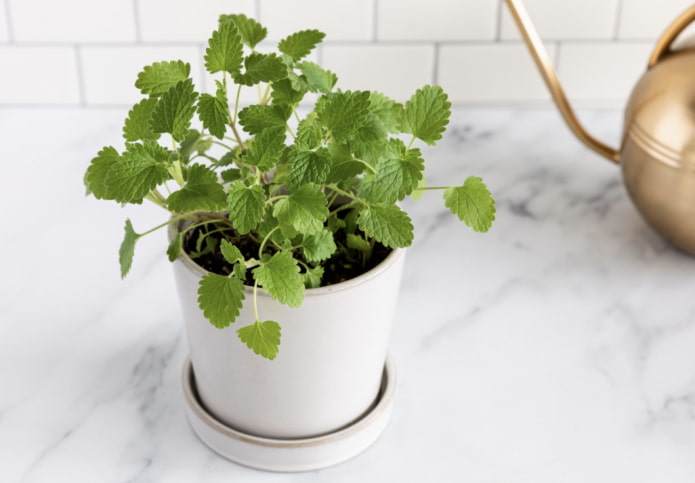
Myrtle
A famous houseplant with hard fragrant leaves actively purifies the air, saturating it with vapors of essential oils. The bitter-herbal aroma with barely perceptible eucalyptus nuances helps to relax, calm down, and reduce the effects of stress.
It is believed that myrtle helps prevent colds and sets you up for productivity. Its smell also helps create an atmosphere of home comfort.
Myrtle loves light, but is afraid of direct sunlight. Needs constant and uniform watering.
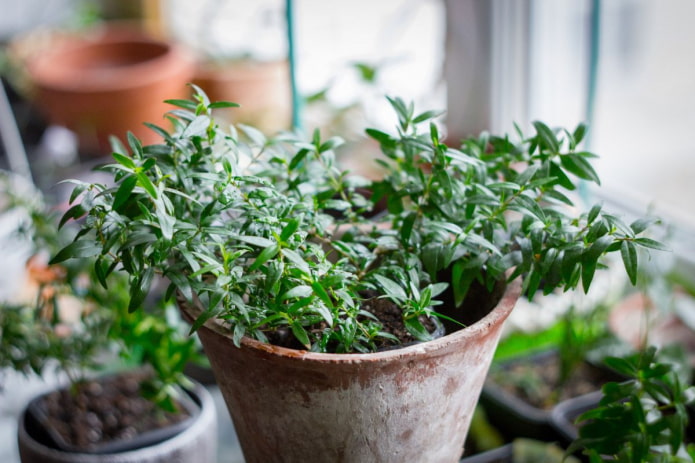
Scented geranium
The plant, so beloved by most of our grandmothers, is still popular. Geranium blooms with bright inflorescences almost all year round. Its aroma is very pronounced and specific, so not everyone likes it: we recommend that you first smell the plant in the store and decide whether to buy it.
Gardeners claim that different varieties of geranium smell like lemons, nutmeg or apples.
The plant is undemanding to care for, grows well both in the light and in partial shade. Loves moderate watering, does not tolerate spraying. Actively purifies the air, repels mosquitoes and treats headaches.
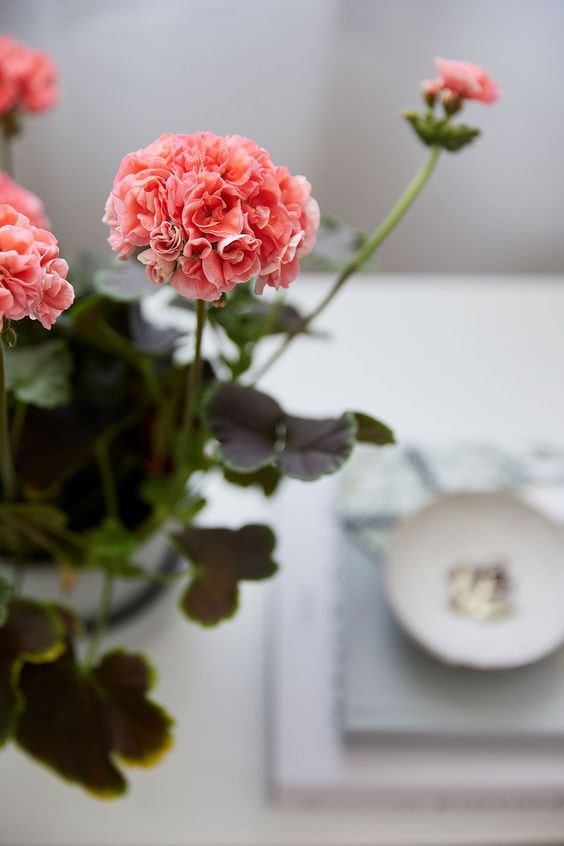
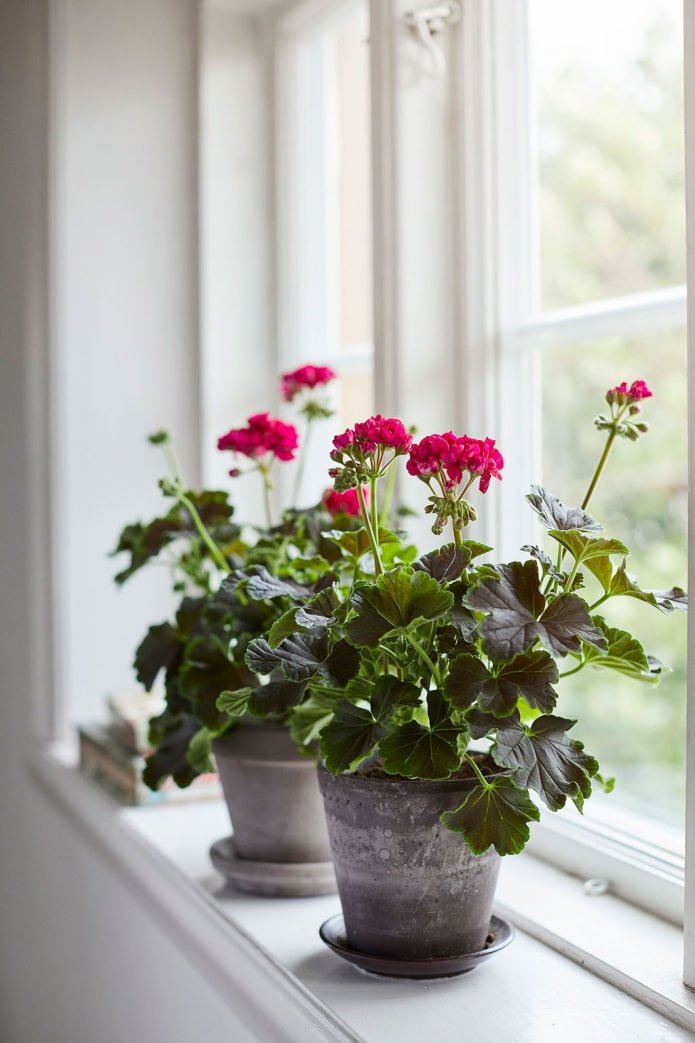
Jasmine Sambac
An evergreen indoor liana with an abundance of small snow-white flowers with a wonderful aroma. With proper care, it looks noble and elegant. Jasmine Sambac is one of the most unpretentious species, withstanding warm indoor wintering.
Flowers appear from March to October, their smell is spicy, sweet, may seem heavy – it is not for nothing that jasmine is called the king of aromas.
Perfume compositions for perfumes and cosmetics are created based on the plant. Flowers can be added to tea leaves as a natural flavoring.
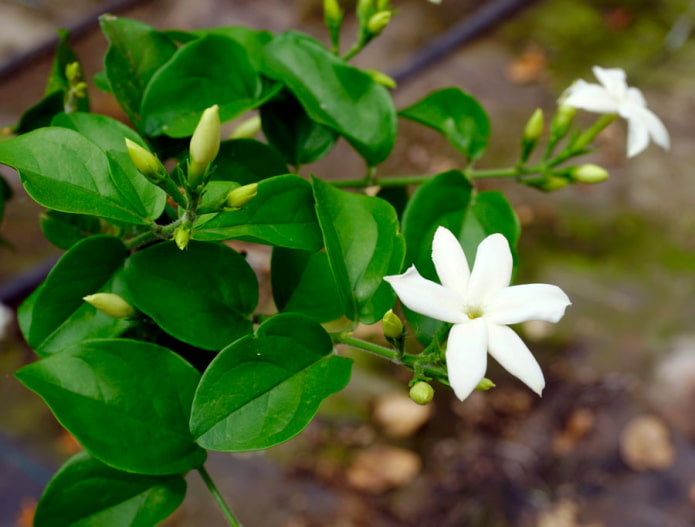
Laurel
A beautiful, slow-growing shrub that, with proper care, will become a small tree. Its leaves have a piquant herbal aroma, familiar to everyone.
The plant loves the sunny side and good watering. Once a month it needs a shower for the leaves, after which they exude the most delicate aroma of laurel.
To use fragrant laurel during cooking, cut old shoots with leaves at the root and dry.
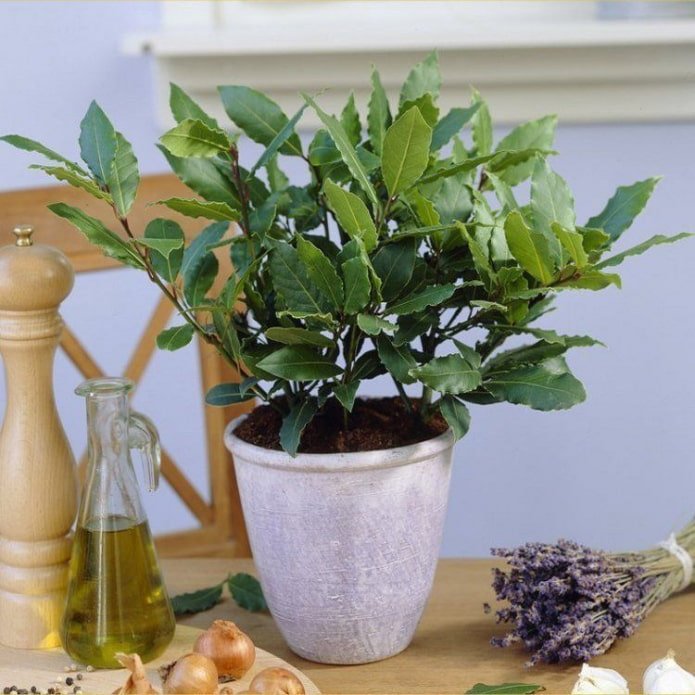
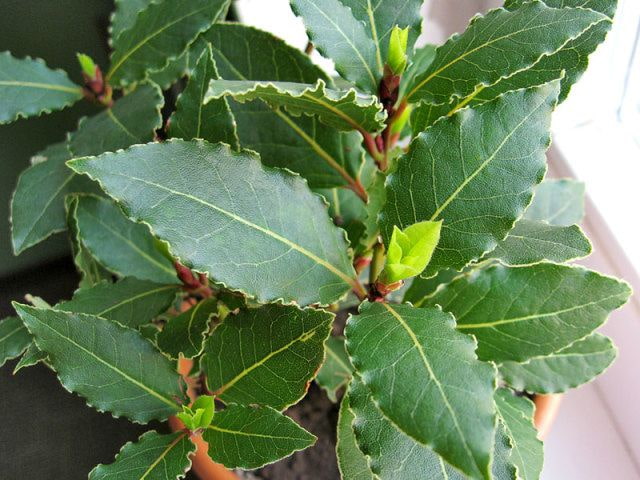
Hoya carnosa
A climbing ampelous liana, intended for vertical interior decoration, is distinguished by graceful, white and pink star-shaped flowers collected in umbrella-shaped inflorescences. They have a strong piquant aroma, similar to the smell of liqueur.
If you place a profusely blooming hoya in a small room, the pronounced aroma can cause slight dizziness, so we recommend placing the plant in spacious rooms.
Hoya needs abundant watering, but does not like dampness. Tolerates sunlight well.
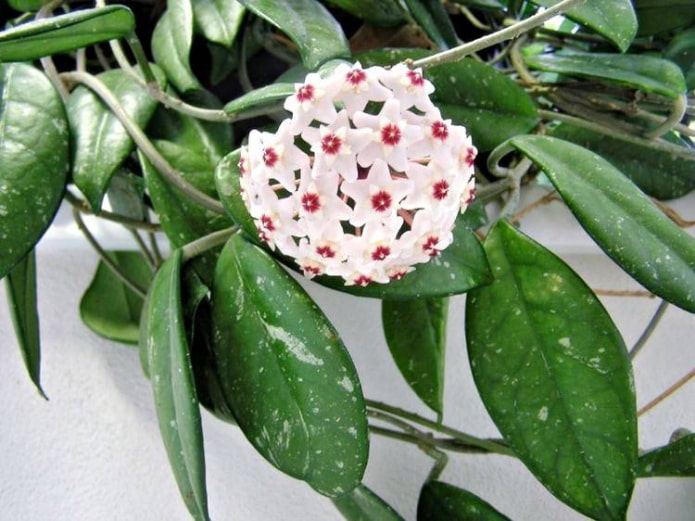
Calamondin
The indoor citrus tree plant is one of the most powerful phytoncides – calamondin contains substances that kill or suppress the growth and development of bacteria.
It soothes and tones at the same time, and also cleanses and heals the air in the room. Its aroma reduces depression and helps to tune in to an optimistic mood.
The aroma is emitted not only by white flowers, but also by leaves. The fragrance of the flowers resembles perfume water. Calamondin fruits are edible and taste like lemon.
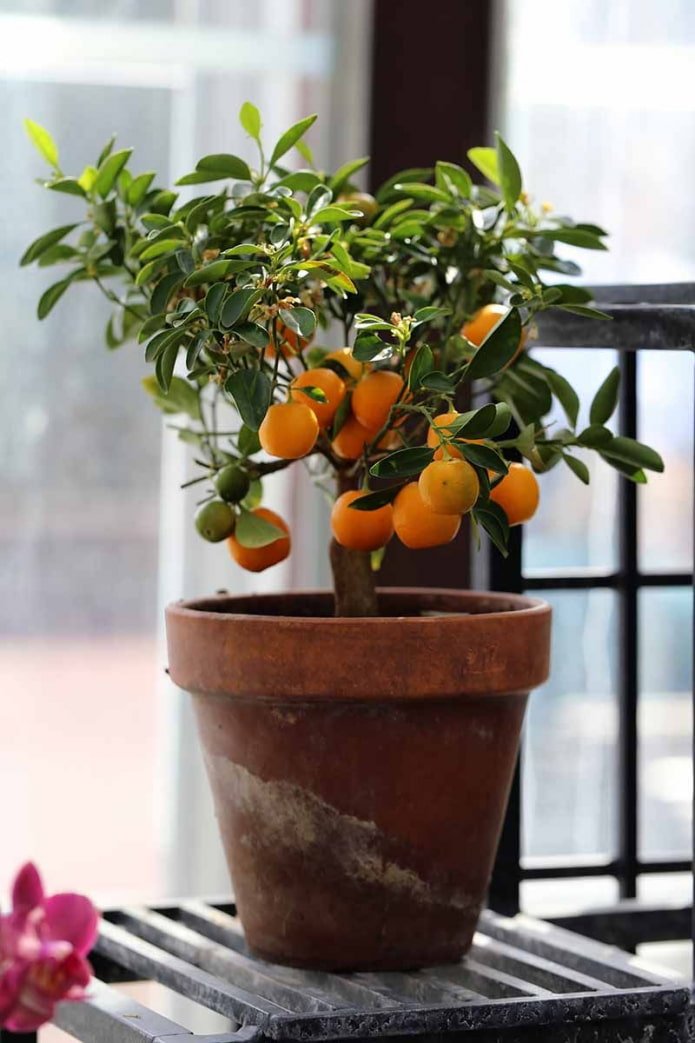
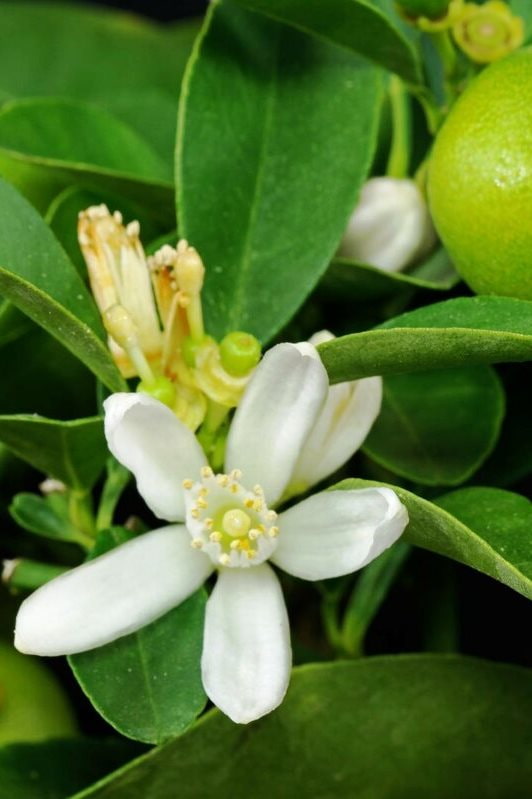
Indoor rose
A rose bush in a pot looks elegant and charming, beneficially affecting a person not only with its appearance, but also with the aroma of flowers. And although roses are less common indoors than outdoors, they are becoming increasingly popular due to the wide selection of varieties.
Those who grow roses at home note that they smell stronger indoors than outdoors.
The delicate scent of roses is believed to reduce irritability and help normalize metabolism. Dry air and an abundance of direct sunlight are contraindicated for the plant.
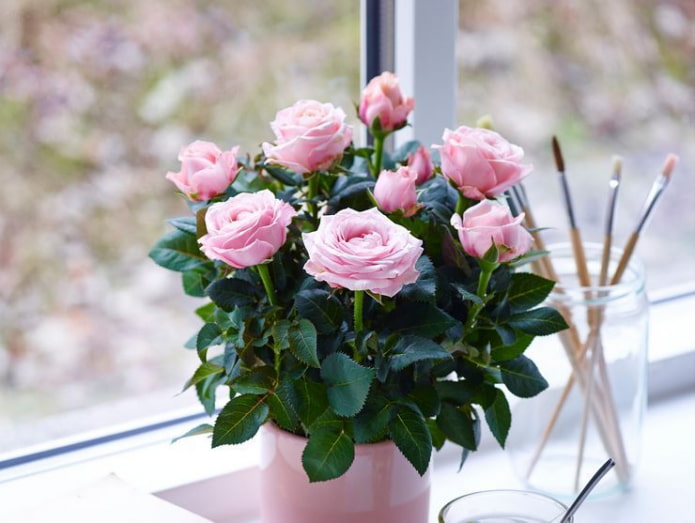
Lavender
A purple herbaceous plant with a calming aroma. Often used as a component for various care products and sachets, lavender can also be added to tea and some salads.
Helps with insomnia, repels insect pests. Suitable for those who do not like strong smells.
Lavender looks best in a ceramic pot. Needs moderate watering and a drainage layer.
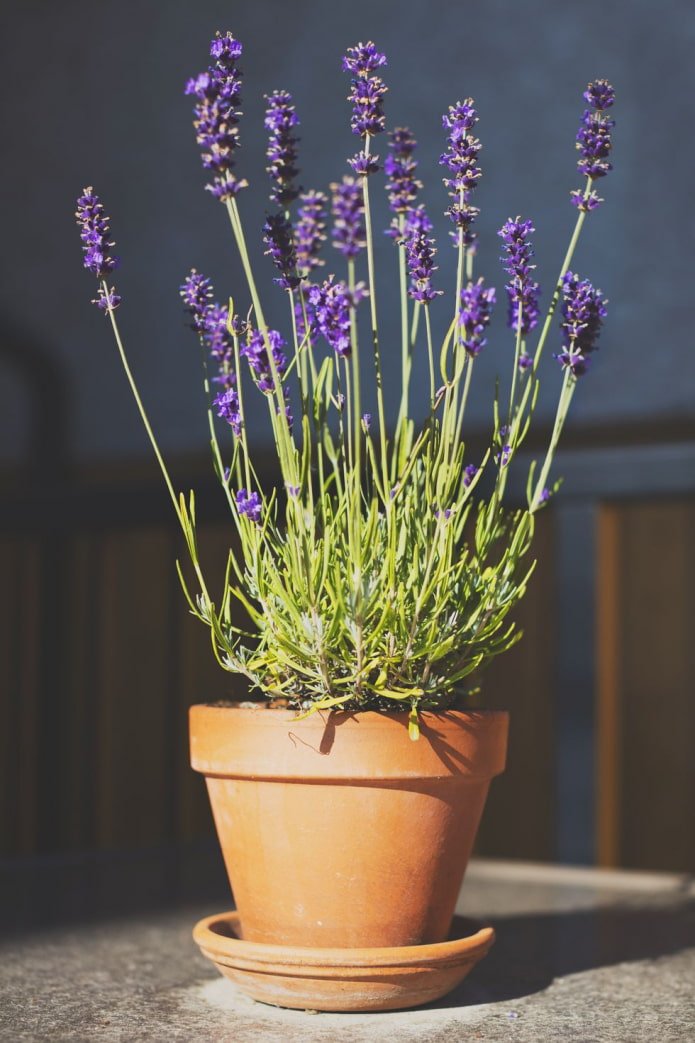

Araucaria
An elegant coniferous tree with bright green needles that can be grown in an apartment. Its natural forest scent saturates the air with phytoncides, filters and humidifies it, which helps improve the microclimate in the house. In December, the plant can be decorated instead of a Christmas tree – its aroma will give you a New Year’s mood.
Rarely grows higher than 2 meters. Needs coolness – the most comfortable temperature in summer is 20 degrees, and in winter about 10.
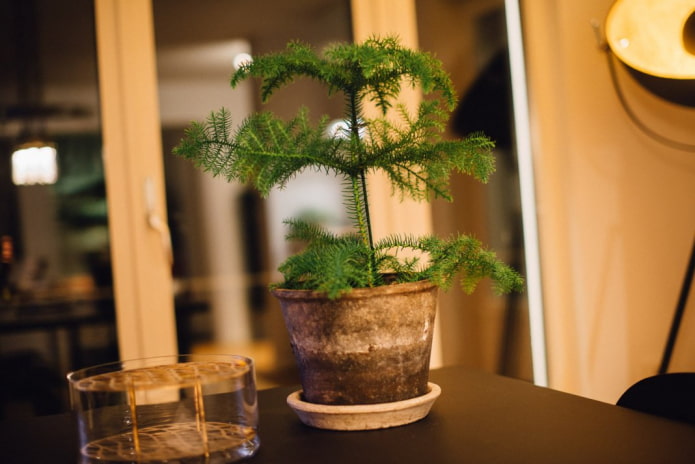
The delicate scent of the listed plants is a worthy alternative to air fresheners and interior perfume. Make sure that the concentration of essential oils contained in them does not cause a headache – for this, air circulation must be constant.
Now reading:
- Kitchen Designs With Dark Countertops: 75 Best Photos and Inspiration
- Tips for washing curtains in a washing machine and by hand: useful recommendations.
- effective ways to find privacy in the country: how to protect yourself from neighbors?
- Country houses: projects, design ideas, decoration and arrangement of the dacha
- Corner kitchens: 74 examples in the interior and creative design solutions